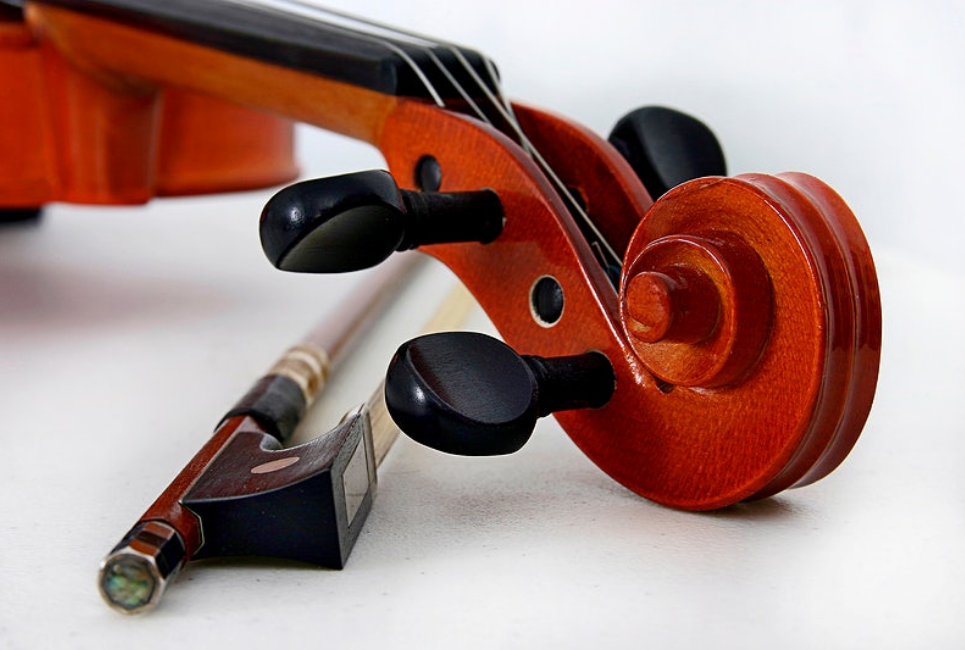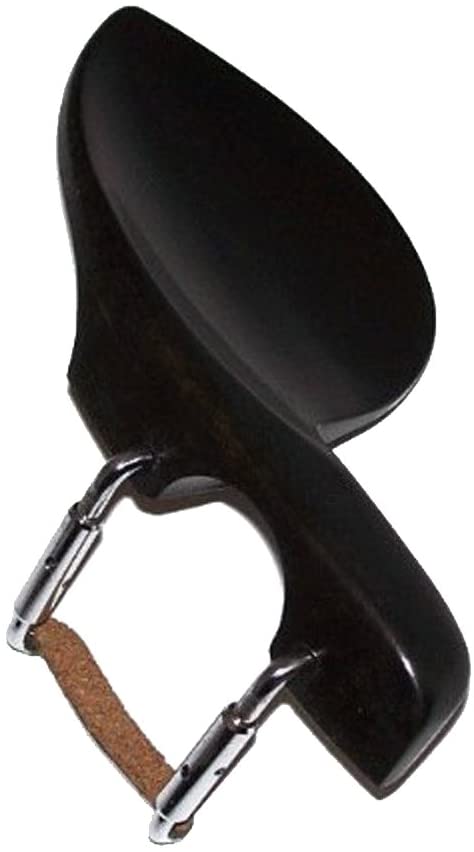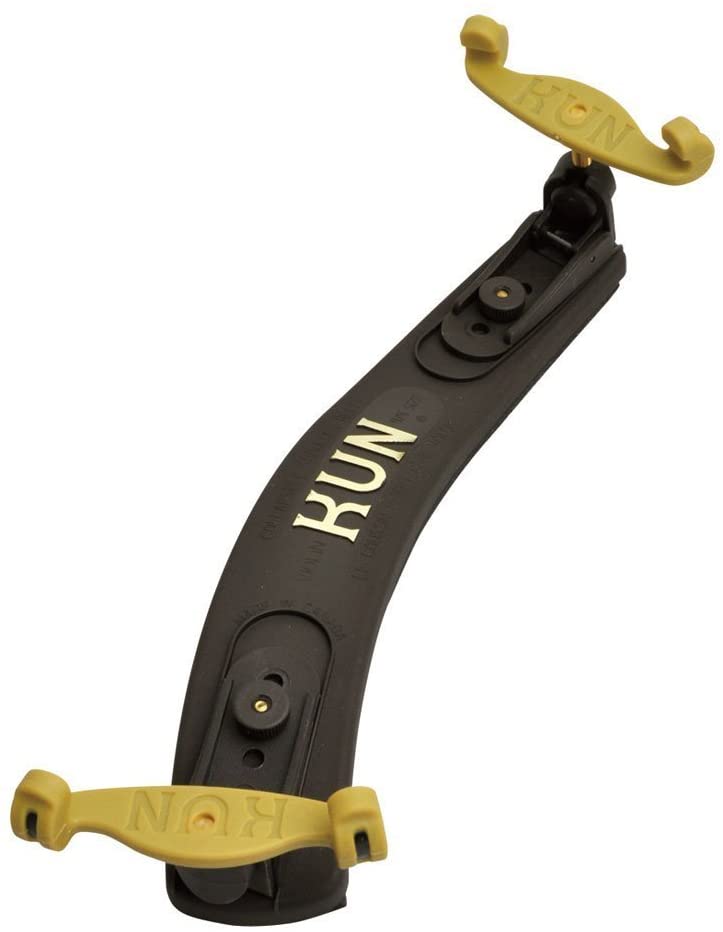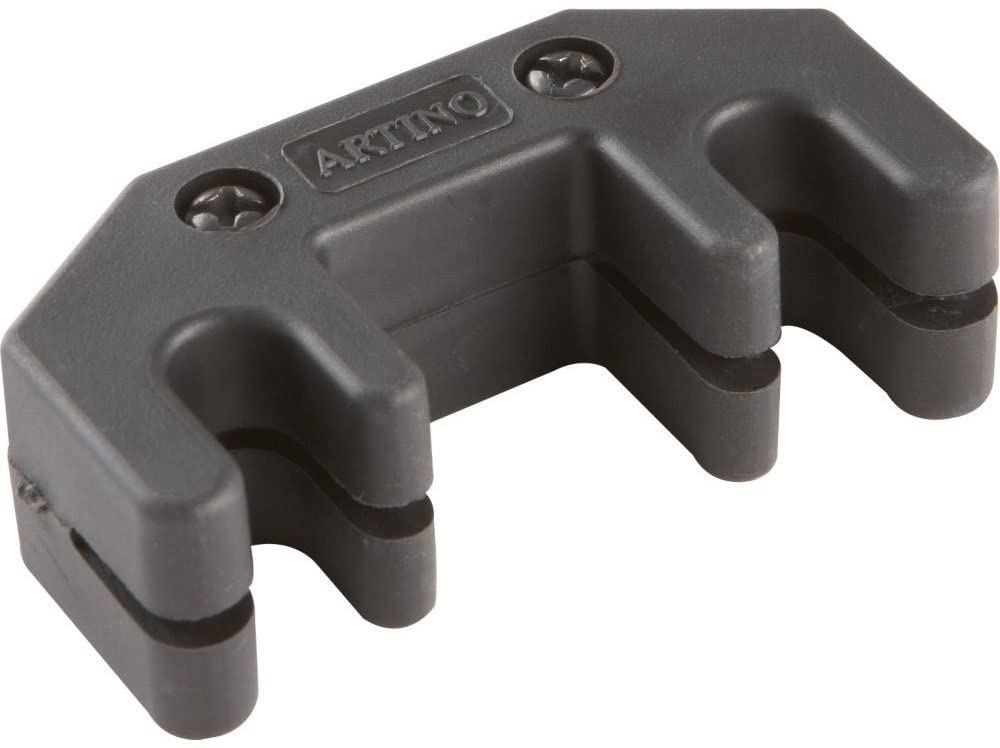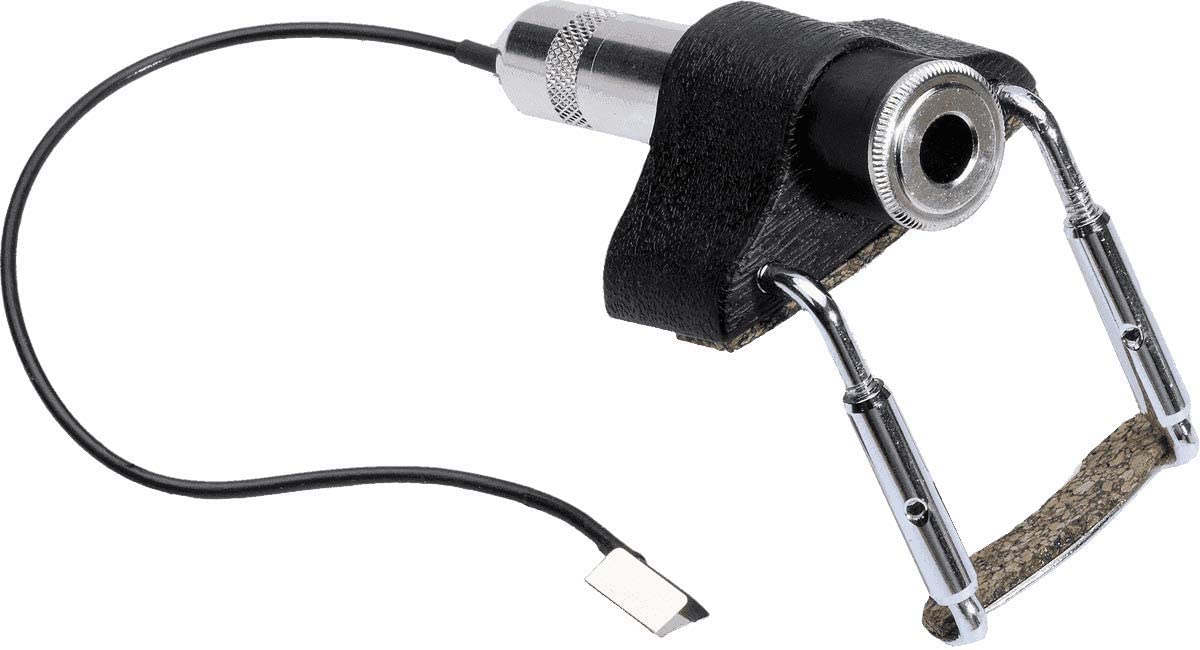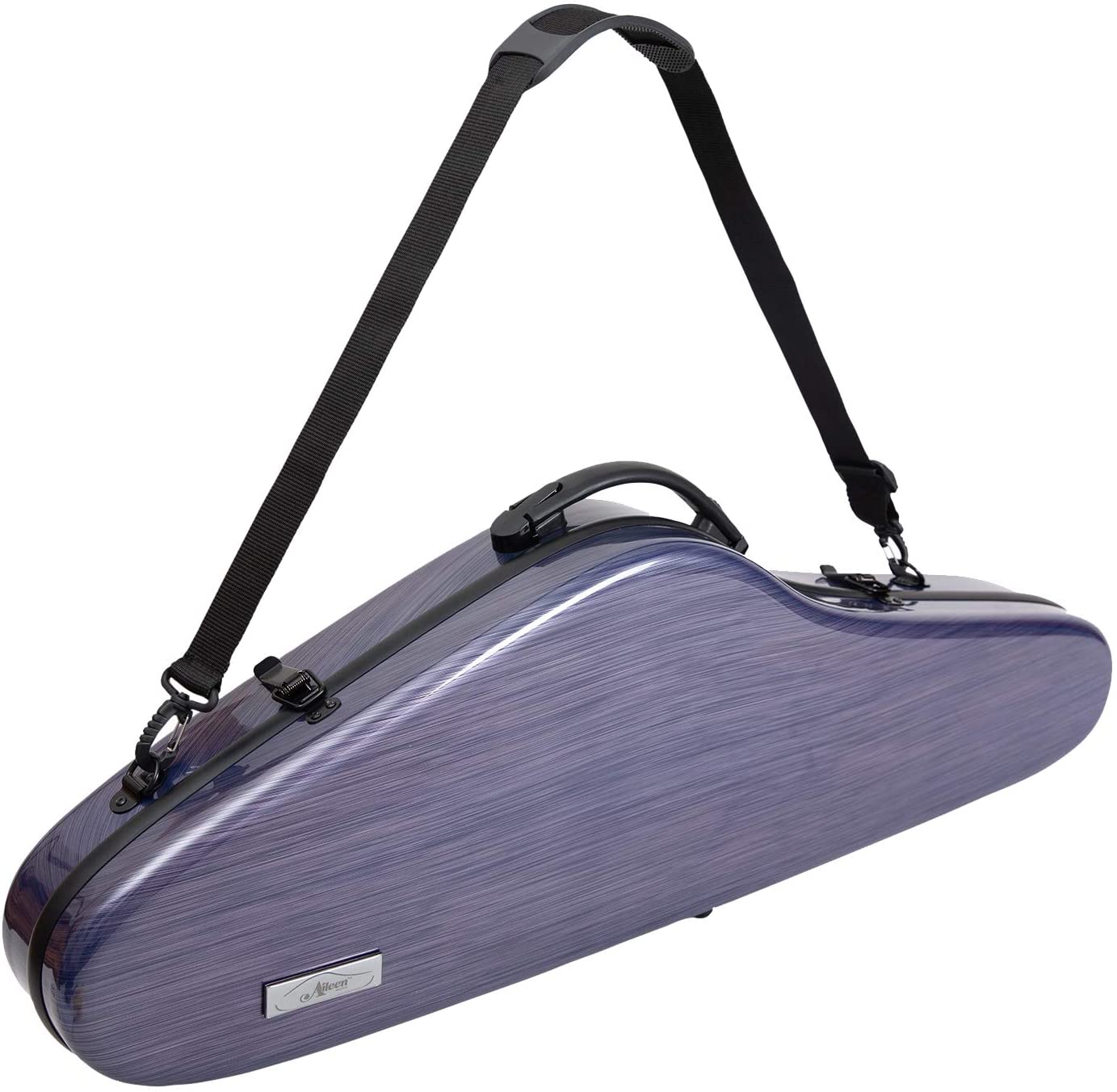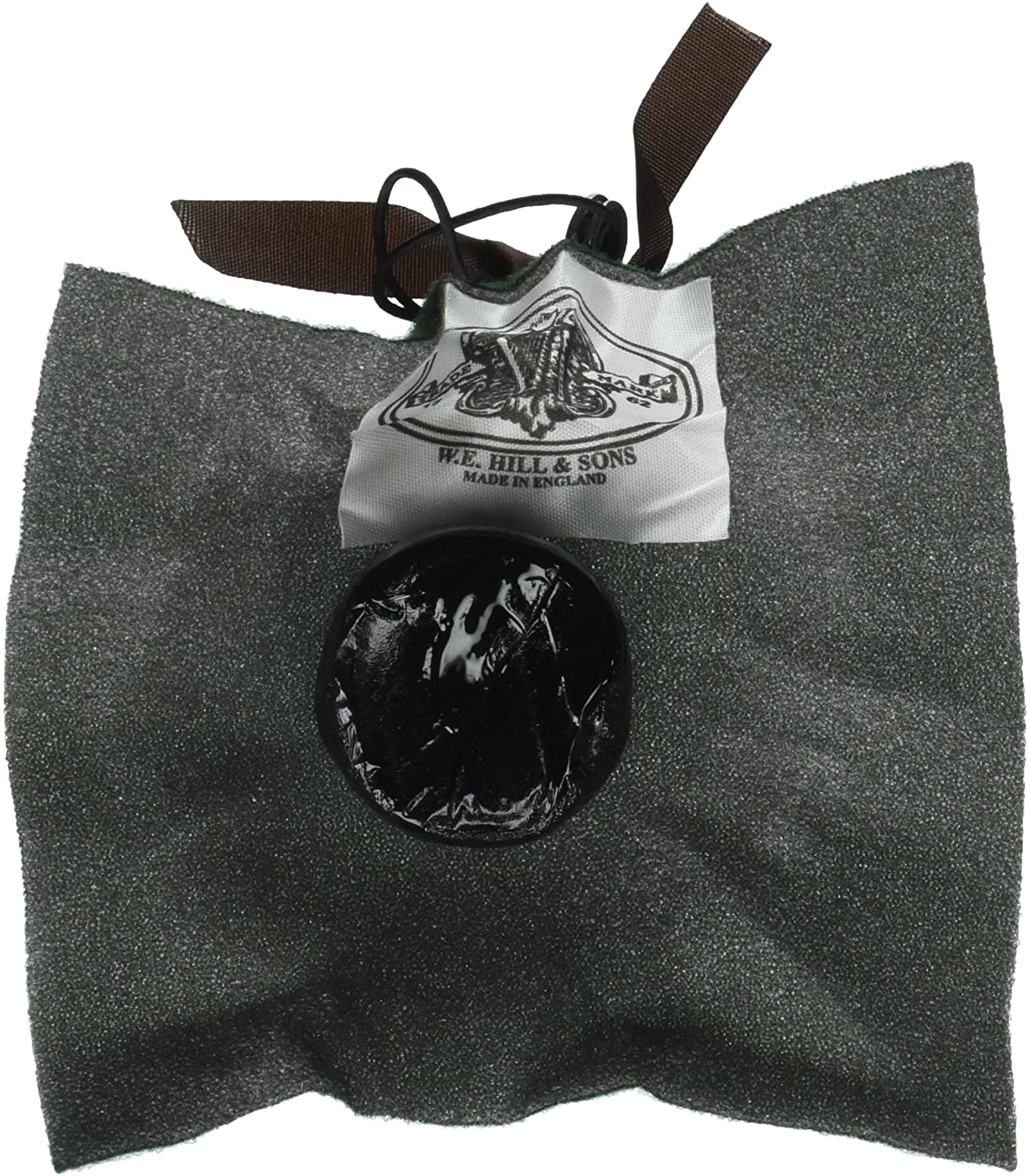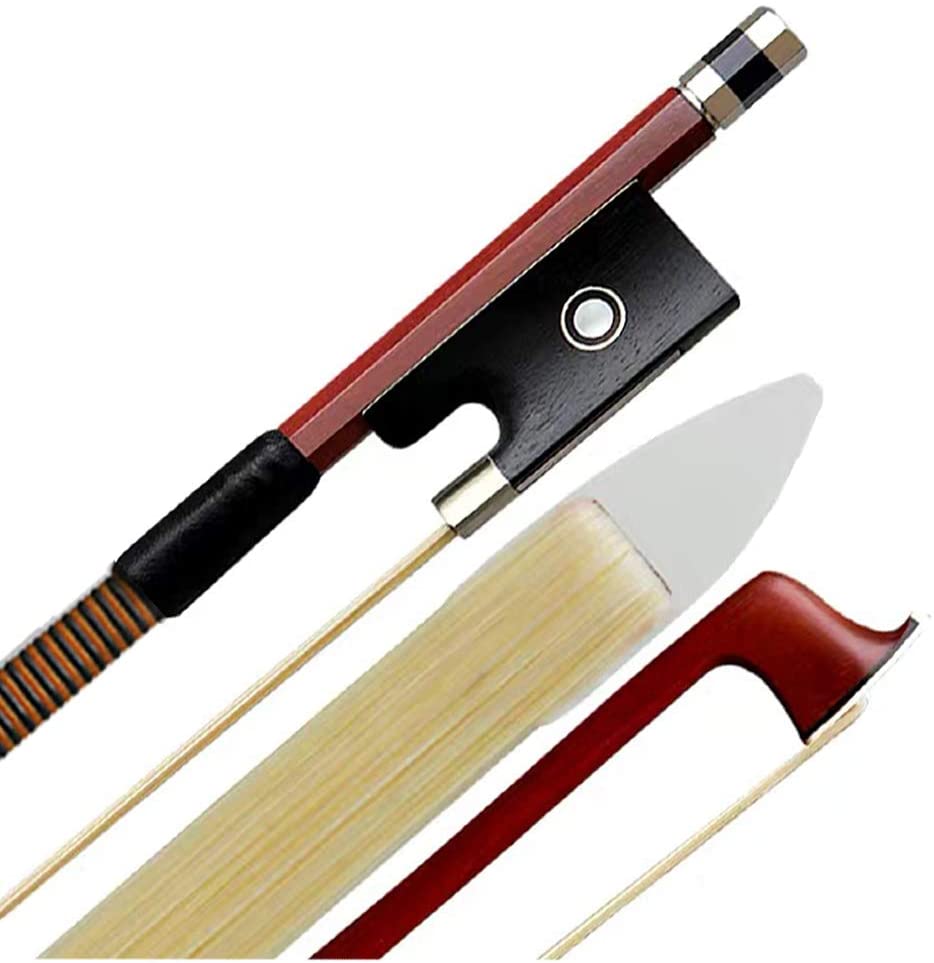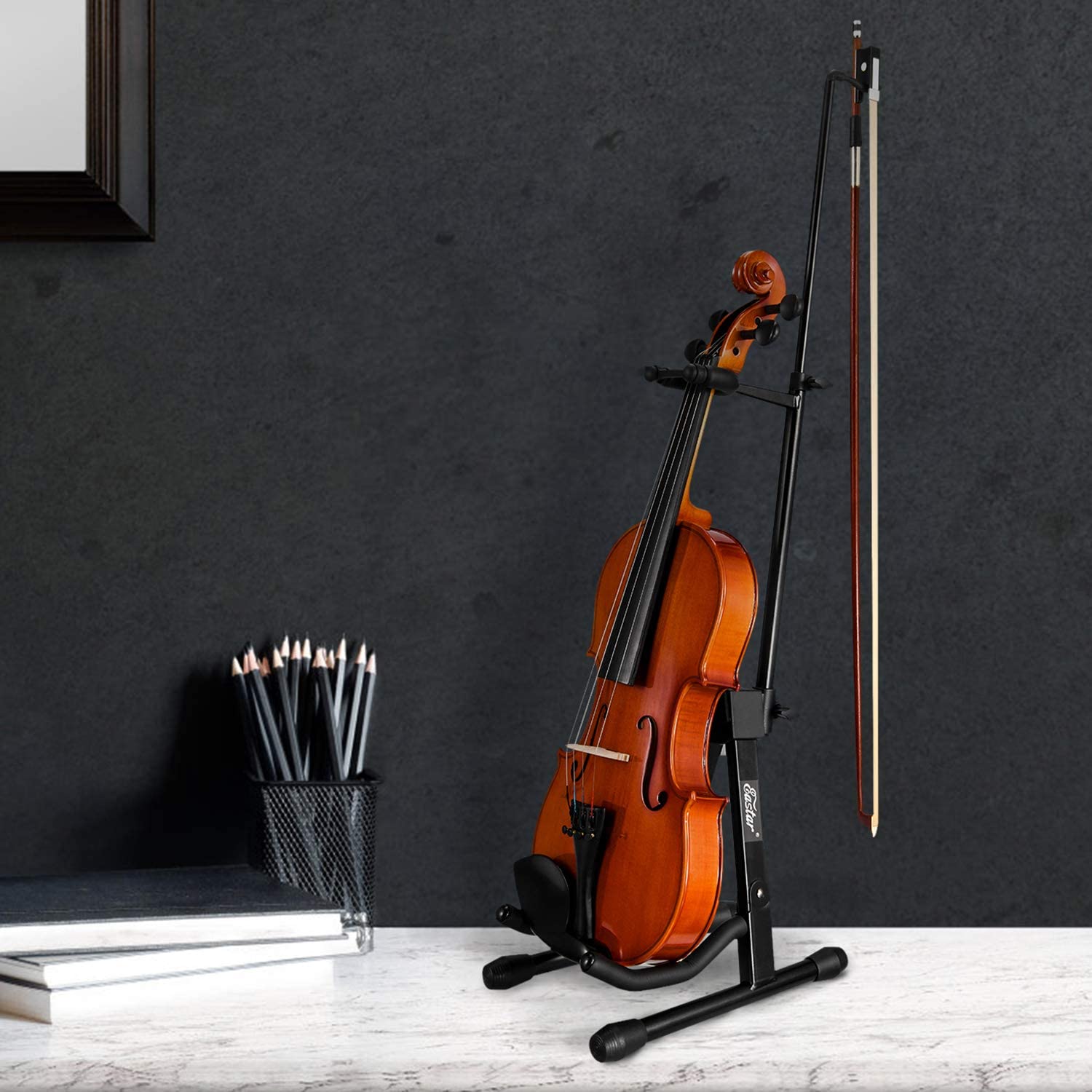- How to Find the Best 5 String Violins - April 19, 2022
- Top Violin Accessories to Consider - April 18, 2022
- Best Left-Handed Violins Guide - April 13, 2022
Have you just started playing the violin? Do you have someone in your family who plays the violin? If so, it’s essential to know the top violin accessories to consider. If you search for violin accessories, you will encounter hundreds of different options ranging from beginners items to advanced items, silly things to display around the house, thematic clothing or jewelry, and more. But the top violin accessories to consider are not foolish or fun; they are practical.
Bottomline Upfront
The bottom line is that there are a handful of top violin accessories to consider, whether you are a violinist yourself or looking to purchase something for someone else. I categorize these as things helpful in maintaining, protecting, or using your violin, namely a case, a good quality violin bow, a violin stand, rosin, and strings.
What to Look for in the Top Violin Accessories
It’s easy when looking for the top violin accessories to consider looking only for the lowest price on everything, especially if you are a beginner or are buying something for beginners. After investing a lot in a top-quality violin, it can be offputting to invest even more in accessories, but it is well worth it. However, violin accessories recommended in this guide are things you will use daily as a musician. Something like a music case has to be durable enough to be used when traveling, which could very well be on public transportation or in school. Good violin strings have to be manufactured well enough to make the most of your talent and help you achieve nuanced sounds based on your technique.
Top Violin Accessories to Consider: My Picks
Violin Chin Rest – Guarneri 4/4 Violin Chinrest – Ebony with Standard Bracket
A chinrest is a must-have violin accessory, as it makes playing much more comfortable. Many students or beginner models come with a chin rest as a bonus, but even still, I recommend upgrading. The chin rest is one of the few components that will directly impact how physically comfortable playing the violin is. The Guarneri 4/4 Violin Chinrest is one of the best picks because it is made with a patented design and comes in several colors and models (so you can buy one for other stringed instruments too).
Pros
- Made with Indian woods
- It has a center mount
- It comes with a standard bracket
- Available in a lot of colors
Cons
- Only for a 4/4 full-size violin
Violin Shoulder Rest – Kun Collapsible 4/4 Violin Shoulder Rest
My top recommendation for shoulder rests is the Kun Collapsible 4/4 Violin Shoulder Rest. It has a unique design, and many companies try to provide a cheap knockoff version, but it’s worth investing in the original. This model has a firm grip on the bottom foot material that you can adjust based on the angle you want, the height, and the width. It’s collapsible, which means you can fit into most cases, whether you are a beginner with a small soft case or a professional with a much larger hard case. This means you can use it on just about any violin. It’s doubtful that it won’t fit your full-size violin.
Pros
- Fits many violins
- It has a firm grip on the bottom material that lets you adjust
- Best for beginners through professionals
- Easy to take off and pack in a violin case
Cons
- Only for a 4/4 full-size violin
Violin Mutes – Otto Musica Artino Practice mute For violin/viola
Violin mutes help decrease your volume and give you a slightly different color in terms of the sound you produce. A mute is something you can use if you are part of an orchestra and you just want to change the color qualities to your tone. You can also use it if you need to practice at home and your neighbors don’t want to hear you. The Otto Musica Artino Practice mute For violin/viola is my top recommendation in either case.
This particular model is very protective of your violin. It helps dampen the sound, so you can use it when practicing, but you can also use it when you perform. It’s crafted with metal but has a rubber coating, so your Bridge doesn’t get damaged when you use the mute.
Pros
- Protects your violin bridge
- Made with high-quality materials
- Retains the sound quality of your instrument
- Made with metal and covered with durable rubber
Cons
- Only made for four-string violins
Violin Pickup – Fishman V-200 Classic Series Professional Violin Pickup
On the other end of the spectrum, you can use a pickup if you need to make more noise with your acoustic violin. A pickup works as a transducer, capturing the vibrations when you play your violin strings with a magnetic field. Then it amplifies those vibrations and projects them through speaker systems. This is an excellent way to make sure that your violin is heard over other instruments, especially when you need your higher frequencies to be heard over louder, lower frequencies of string instruments like the upright bass for the cello.
The Fishman V-200 Classic Series Professional Violin Pickup is my recommendation for a violin. This will do exactly what you need it to. It adds a little bit of weight to your instrument, and since violins are tiny, you notice it when you first put the pickup on your instrument. However, the installation is relatively easy, and there aren’t poorly constructed pieces prone to breaking early.
Pros
- Works on many violins
- Easy to install
- It comes in two colors
- Made with piezo-ceramic
- Lightweight
- You don’t have to alter your instrument to install it
Cons
- Some users don’t know how to use it and didn’t get clarification from the directions that came with it
In case you are like them, I’ve included this video to make things easier for you:
Violin Case – Aileen 4/4 Full-Size Luxury
The Aileen 4/4 Full-Size Luxury is made with fiberglass. This case is crucial because I travel a lot and have traveled in the car, on trains, on the subway, on planes, and cruise ships. I need durable material so that no matter how many people roughly handled my luggage (yes, I’ve watched them toss and throw without care that it’s a delicate instrument), I know my instrument is safe inside. I recommend investing in a fiberglass exterior because you won’t have to worry when you drop the case or when someone else knocks it over or throws it under the cargo hold in a plane.
This model comes with a hygrometer inside, so we regularly check the moisture levels, which becomes increasingly important when you travel and go through multiple humidity changes. It’s also constructed with heavy metal hardware and latches that keep the case secure. There are adjustable straps and metal D rings to choose how you want to wear it or carry it. There are spaces inside to hold two violin bows, a shoulder rest, and all your other accessories.
Pros
- Reliable metal accessories and latches
- Hygrometer inside
- Sturdy, fiberglass construction
- lightweight
Cons
- No solid black option
Violin Rosin – The Original Hill Dark Rosin
Every violinist needs rosin. But not all rosin is created equal. If you are a beginner and bought a beginner or student model violin, it probably came with remedial grade rosin. But it would help if you considered investing in higher-quality rosin.
One of the things with which I take issue with any hobby is that beginner tools, materials, or accessories are always very cheaply made. In America, there’s an emphasis on providing cheap products for those just starting and expensive products for those who are more heavily invested. Unfortunately, using cheaply-made materials with any hobby or skill makes it more challenging. This can be a significant deterrent for beginners.
When I teach paint classes, I use professional-grade paints because they are thicker and better quality. When we are layering, you need that quality so that the color sticks on top of the previous layers instead of just smearing together with it and making a mess.
I apply the same ideology to music. I don’t let students use the lowest quality if I can help it because low quality does nothing to help them manifest their skills and see the fruits of their labors. So, another of the top violin accessories to consider is The Original Hill Dark Rosin. This is the most popular rosin for teachers, students, and professionals. It gets the name from allegedly being the original recipe for rosin used on stringed instruments.
This comes with a Velveteen shell, and the shell preserves the effectiveness of the rosin and the lifespan. This is very important for beginners, mainly because they don’t use it as often. Nothing is more frustrating than investing in accessories and then finding that they had expired or gone to waste before you could use them in their entirety. This is softer rosin that grips your bow firmly. It’s not just for violins; if you also play the cello or the viola, you can also use it on those instruments.
Pros
- Made from pure pine tree resin
- Suitable for all levels of skill
- It has a padded shell that you can grip easier than a hard case
Cons
- Softer rosin, which not everyone likes
Violin Strings – Pirastro Evah Pirazzi Gold Violin String Set – Silver Wound G – Loop E – Medium Gauge
Pirastro is one of the best manufacturers of strings, and their Evah Pirazzi line is coveted for a reason. If you need new strings or are buying new strings for someone close to you, invest the money and spring for the Pirastro Evah Pirazzi Gold Violin String Set. This is a medium gauge string set. The E string has a stainless steel core, and the other three have a synthetic core. The reason for this material difference is that the E string gives you a larger sound at the top of your register and a smoother response. But don’t worry. You get a full-bodied sound with fast responsiveness no matter which string you are playing.
Professionals use these strings for a reason. They are designed to match one another perfectly. So, there’s no noticeable change when you transition from one screen to another. You just continue with smooth, uninterrupted clarity in your sound. It gets the name because this set of strings is wrapped with gold on the outside. Other strings in this set are wrapped with silver, but the gold gives a rounder, warmer tone.
Pros
- Stainless steel for the E string and synthetic wound core for the other strings
- Medium gauge
- The G string is wound with gold
- Noticeable clarity in the tone your violin produces
Cons
- Made only for 4/4 23sized violin
- Only available in medium gauge
Violin Bow – Violin Bow 4/4 Brazilwood with Horse Hair Full 4/4 Size
If your violin did not come with a bow or you need a new violin bow, this is a great option. You get strong, durable unbleached Mongolian horsehair. Unbleached means it hasn’t been processed with chemicals, so it’s stronger, natural, and produces a warmer tone when you play. The unbleached part makes this particular stand apart from most beginner violin bows.
The stick is made of Brazilwood. It is a hand-crafted top violin accessory to consider, so it has exceptional stability and a great balance point that’s easy to control. The handle has black sheepskin. You can adjust the stick to fit your hand. You can also use the screws to loosen or tighten the Mongolian horsehair, especially when putting rosin on your bow.
Pros
- Perfect for beginners or intermediates
- Made for a full-size violin
- Hand-crafted
- You can adjust the unbleached Mongolian horsehair
Cons
- It does not come in fractional sizes, so it only works for adults or players with a full-size violin
Violin Stand – Eastar Violin Stand with Bow Holder
If you buy an accessory for at-home use, don’t forget about a violin stand. A stand doesn’t have to be incredibly fancy. In fact, for beginners and students, a stand that is simple and effective can be brought to school, to lessons, the performances, or used at home. I recommend the Easter Violin Stand with Bow Holder. This violin stand allows you to hang your instruments in the u-shaped portion of the stand and then rest your violin bow behind it. It has composite construction that’s resistant to corrosion and waterproof. The wide legs give it extra stability, and you can easily place your violin somewhere in the house or your room on display, in a corner, without worrying that it will get stepped on or dropped.
It is portable and can fold down quickly if you have to take it with you for a performance.
Pros
- Corrosion-resistant
- Waterproof
- Portable and folds down when you need to transport it
- Holds the violin and the bow
Cons
- The hanging part for the violin bow is in the back, which not everyone likes
FAQ
Answer: A violin bow constructed from Brazilwood with Mongolian horsehair is the best option for beginners and intermediates. This doesn’t necessarily have to be one brand over another, so long as it is well made. As a professional, you might consider carbon fiber or Pernambuco.
Answer: A violin stand can give you much-needed rest during long rehearsals, offering a safe place to store your instrument, especially if you need to get up and take breaks or look for something else in your case. A violin stand can also motivate you to practice more if you have your instrument out on display throughout the house. Even saving a few seconds removing your violin from its case is often enough to deter beginners from practicing. Still, when it’s out, and you walk by it regularly, it’s much easier to pick up and practice on a whim.
Answer: You should rosin your bow once for every 5 hours of play. This will vary from person to person, depending on how often you practice or perform during the week. After a while, you will get a feel for when it’s time to add more friction.
Answer: A violin case can cost up to a few hundred dollars, depending on the material used for the case construction. Hard cases cost more than soft cases. Hard cases with extra spaces for two or more violin bows and violin accessories and waterproofing on the exterior will cost even more. Waterproofing on the exterior will likely not be necessary if you live in Scottsdale, Arizona but will become particularly important in Seattle, Washington. It’s up to you to decide what you need most.
Answer: You will regularly need to purchase new violin strings for your instrument. A professional or regular performer should replace the violin strings every six months. Depending on how often you play, you might have to replace them sooner than that. Similarly, if you buy a new instrument as a beginner, you might have cheap violin strings that come standard on your instrument. It is in your best interest to change these to something better, like a suitable synthetic string. Strings infused with different materials can work quite well to show up finer aspects of your playing technique and the sound your instrument can produce.
Bottomline
The bottom line is that I recommend accessories that help you better manage, use, or maintain your violin, particularly things like a top-of-the-line bow, violin case, rosin, or violin stand. Many of the other accessories you find can be fun but don’t make as big a difference in your instrument’s sound quality or long-term maintenance.
Looking for more interesting readings? Check out:

